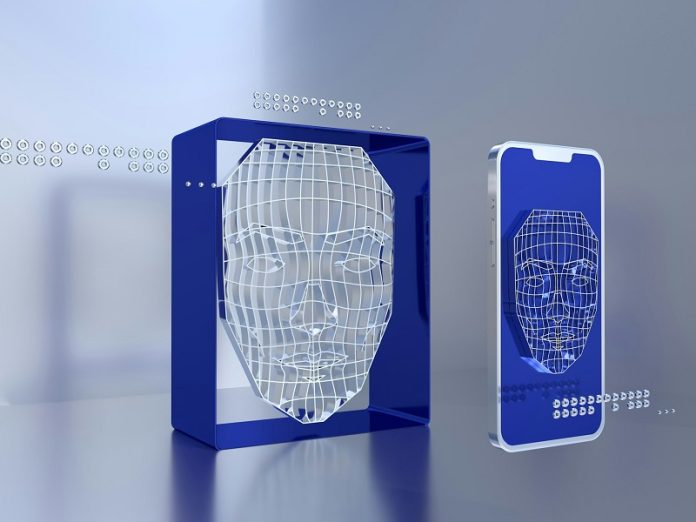
As facial recognition payment technology (FRPT) becomes more popular in stores, hotels, and even government services, not everyone is ready to embrace this new way of paying.
Researchers from the Queensland University of Technology (QUT) recently explored how comfortable people are with using their face to pay for groceries.
The study, led by Dr. Shasha Wang, Professor Gary Mortimer, and Professor Byron Keating, was published in the Journal of Retailing and Consumer Services.
Their research looked into how people feel about FRPT and found that, while some shoppers are open to trying it, there are still significant concerns about privacy, security, and the possibility of overspending.
FRPT is a new type of biometric payment system that uses facial recognition to process payments.
While it promises convenience, it also involves using personal images and financial information, which can make people hesitant.
Dr. Wang pointed out that this technology is growing rapidly, with the global market valued at $4.62 billion in 2022 and expected to keep expanding. In China, for example, over 760 million people were using FRPT by 2022.
The QUT researchers conducted a systematic review of existing studies and interviewed Australian consumers to understand what motivates or discourages them from using FRPT.
They found that many people are willing to try FRPT if certain conditions are met.
Professor Mortimer explained that shoppers are more likely to adopt this technology if they believe it will make shopping easier, and if they trust the retailer offering it.
Providing clear information about how the technology works and offering incentives like loyalty points or discounts can also encourage people to give it a try.
However, if shoppers don’t know the retailer well, don’t see the technology as useful, or are happy with their current payment methods like tap-and-go or digital payments, they are less likely to embrace FRPT. Many people prefer to try the technology in a physical store where they can get help and support if needed.
A major concern among shoppers is the fear that FRPT might lead them to overspend. The researchers suggested that this could be addressed by adding an “alert prompt” when spending reaches a certain amount, similar to how credit card companies limit tap-and-go payments.
Privacy and security are also big issues. Shoppers worry about how their facial images will be stored and whether their data could be hacked. Professor Keating emphasized that retailers need to clearly communicate how they will protect customers’ data. Using in-store signs, videos, and social media to explain the benefits and safety measures of FRPT could help ease these concerns.
In conclusion, while FRPT has the potential to change the way we pay, retailers need to address shoppers’ concerns about privacy, security, and overspending if they want this technology to be widely accepted. With the right information and support, more people may be willing to pay for their groceries with just a smile.



